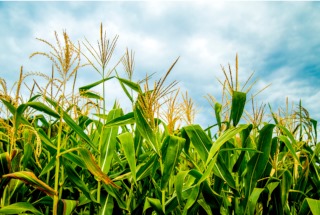Chances are, if you have a cell phone, internet access, or are around someone who does, you’ve heard the recent viral TikTok sound, “It’s Corn!” Not only is the agricultural industry going crazy for this sound that features a young boy enjoying corn on the cob, but the entire internet is talking about how amazing corn is.
Being from Iowa, where we lead the way in corn production, I see this as a great opportunity to share just how delicious, and important corn is to the American economy and food system.
Before we talk about how amazing corn is, let’s talk about the types of corn. There are two common types of corn, field corn, which you will most likely see if you are driving across the Midwest in the summer, and sweet corn, the juicy, yellow kernels we all love!

Each year in the U.S. more than 90 millions acres of corn are planted in the U.S. and account for more than 95 percent of total feed grain production, according to the USDA-ERS. Corn is one crop that can be grown in almost every state in the U.S., most of its production is centered in the Midwest region. Also, known as the Corn Belt.
Corn is the most abundantly used livestock feed, accounting for a third of the United State’s corn crop. Corn serves as carbohydrates in the diets of poultry, swine, and cattle. Many animals are raised in the Corn Belt regions because of their close proximity to feed.
Forty percent of all corn produced in the U.S. goes towards ethanol and produces almost half as many emissions as gasoline, as reported by the Iowa Farm Bureau.
Iowa leads the way in ethanol production, with 30 percent of the nation’s ethanol production coming from within the state’s borders. The Alternative Fuels Data Center reports,
Click here to see more...